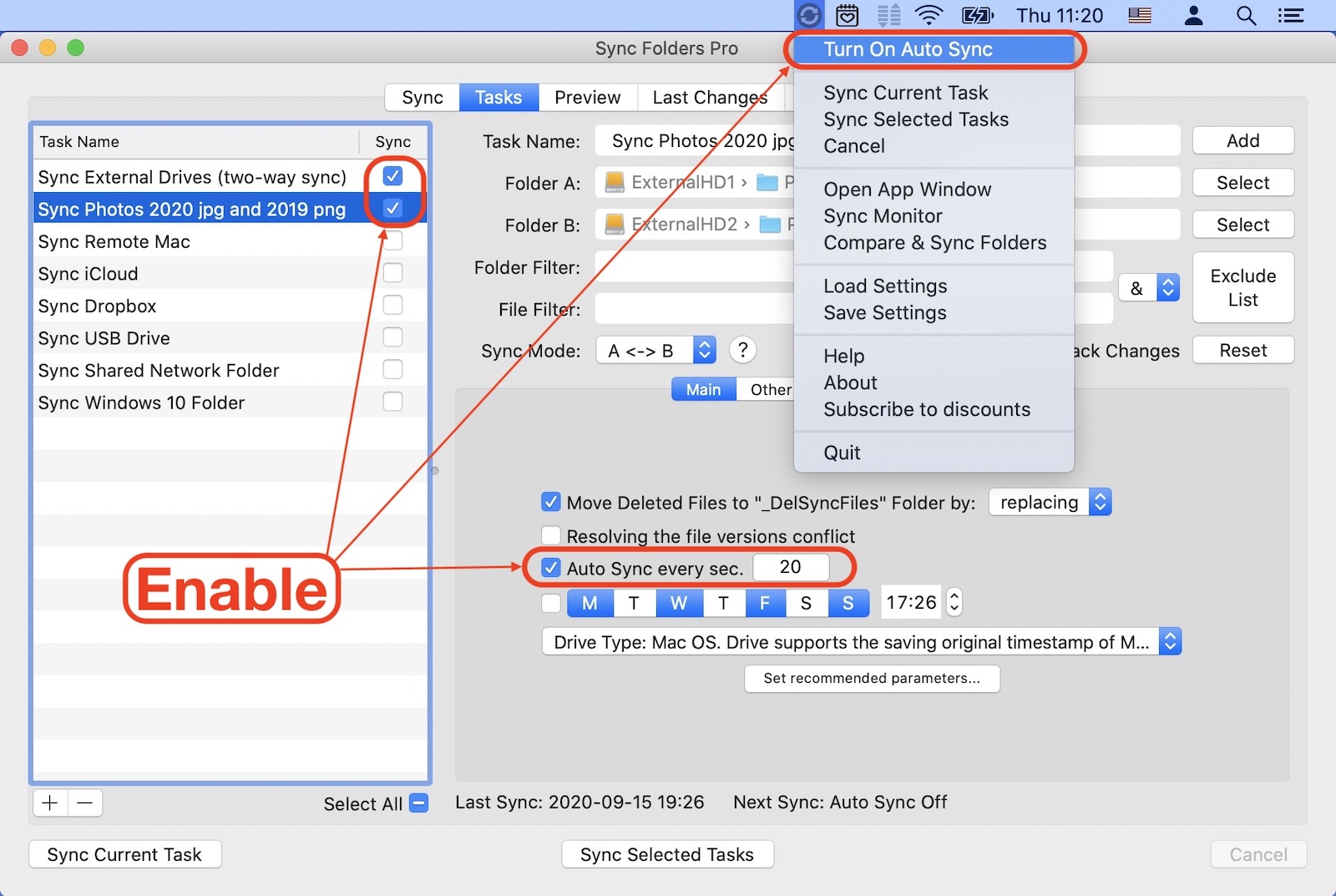



This simply allows us to go back a level in the directory. If you ever navigate to the wrong location by mistake, you can type in the following command: You should see the name of your mounted LSS. To begin, type in "ls /" to get an overview of all the files in our file tree. Again, I am using Mac OS X in my example, so your locations may be different. In my case, I would type in "cd /Volumes". So after verifying that my local files are correct, the next command I would type in to get to the root directory would be: For Linux, the location could be different. I am doing this demo on Mac OS X, so my mounted LSS would be under "Volumes". To find the files on your mounted LSS, you need to navigate to the root directory. Your terminal should look something like this: In my example, I have created two files called Data1 and Data2. We should be able to see a list of all the files that are in that folder. Type in the command "ls" in the terminal. Let's verify that the files we want to sync are in the folder. If you're on Mac OS X navigate to Finder If you are currently using Windows, please refer to this guide.īegin by opening the terminal. Note that this guide is only available to Mac OS X or Linux users. We will discuss how to Remote Sync to Large Scale Storage (LSS).


 0 kommentar(er)
0 kommentar(er)
